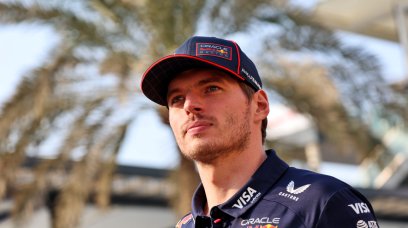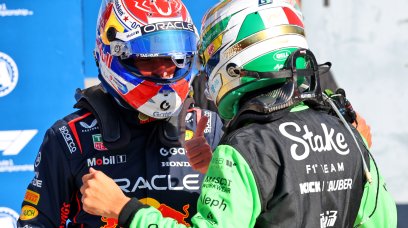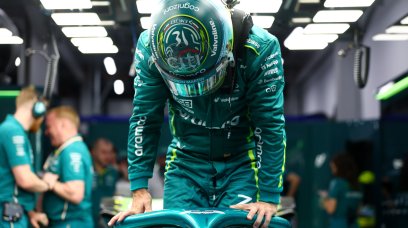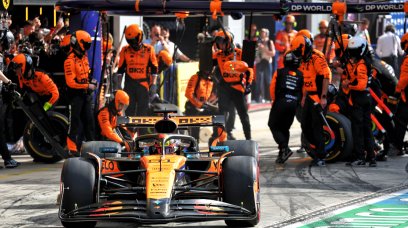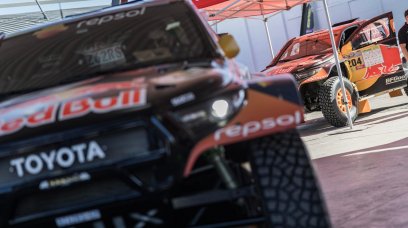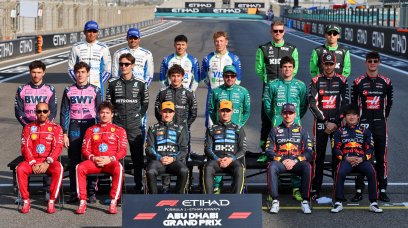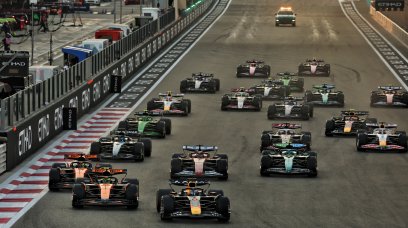Looking at the cars in the pit lane in Baku, there are significant differences in the way the teams are seeking aerodynamic efficiency in Azerbaijan. The very long 2.2 kilometre straight characterises the circuit, giving the teams a tough challenge. Focusing our analysis on Ferrari, Red Bull and Mercedes, the divergent choices made by the designers are evident. They are trying to ensure maximum aerodynamic efficiency on this circuit.
Ferrari the big spoon
The differences are in the configurations of the respective cars. For example, Ferrari have chosen a rear wing with a distinct 'spoon' configuration for the F1-75, reminiscent of the version they used in Saudi Arabia, with the central section of the wing 'deeper' than the sides. The main profile of the wing slopes up sharply. The shape of this wing, which is mainly designed to reduce the sides of the rear wing, was developed in conjunction with the latest changes to the floor and diffuser, which the team from Italy introduced in Barcelona two races ago. The wing design should, in theory, ensure that enough downforce is generated on the twisty, narrow and hilly parts of the circuit. The stability of the rear wing is fundamental, if only to avoid a collision with the Azerbaijani walls. Another motive behind this rear wing is that it should be able to keep the porpoising problems under control. The Ferrari engineers seem to have found a good balance in terms of ride height, whereby straight-line speed does not have to be sacrificed to prevent bouncing. In this way, the Maranello team hope to take advantage of their engine, which, according to sources, will be pushed in Azerbaijan to attack – or defend – Red Bull.
Red Bull the little spoon
Unlike Ferrari, Red Bull have opted for a set-up with a rear wing that displays a much less prominent 'spoon' shaped main profile. This is due to the Milton Keynes-based squad's choice to spread the load on the wing across its entire width. With the RB18, it becomes clear that on a specific circuit like the Baku City Circuit, the wings of an F1 car primarily function as elements to provide aerodynamic balance, making it the floor's job to generate the bulk (up to more than 65 per cent) of the aerodynamic load.
Mercedes? Not a spoon
Mercedes, for their part, have taken a completely different path to increasing the efficiency of the W13 car. They have opted for a more drastic solution in terms of the rear wing, which is in fact characterised by the same main profile as the team used in Miami. Completely straight and placed very high, so there is no spoon-like shape here. The cross-section of the rear wing has therefore been greatly reduced compared to that of the RB18 and F1-75. Ironically, the need to reduce drag is caused by the Brackley-based team's mini-sidepods. This, according to rumours, prevents them from setting the ride height as low as they would like. The bounce problems are exacerbated on the long straights.
Most read
